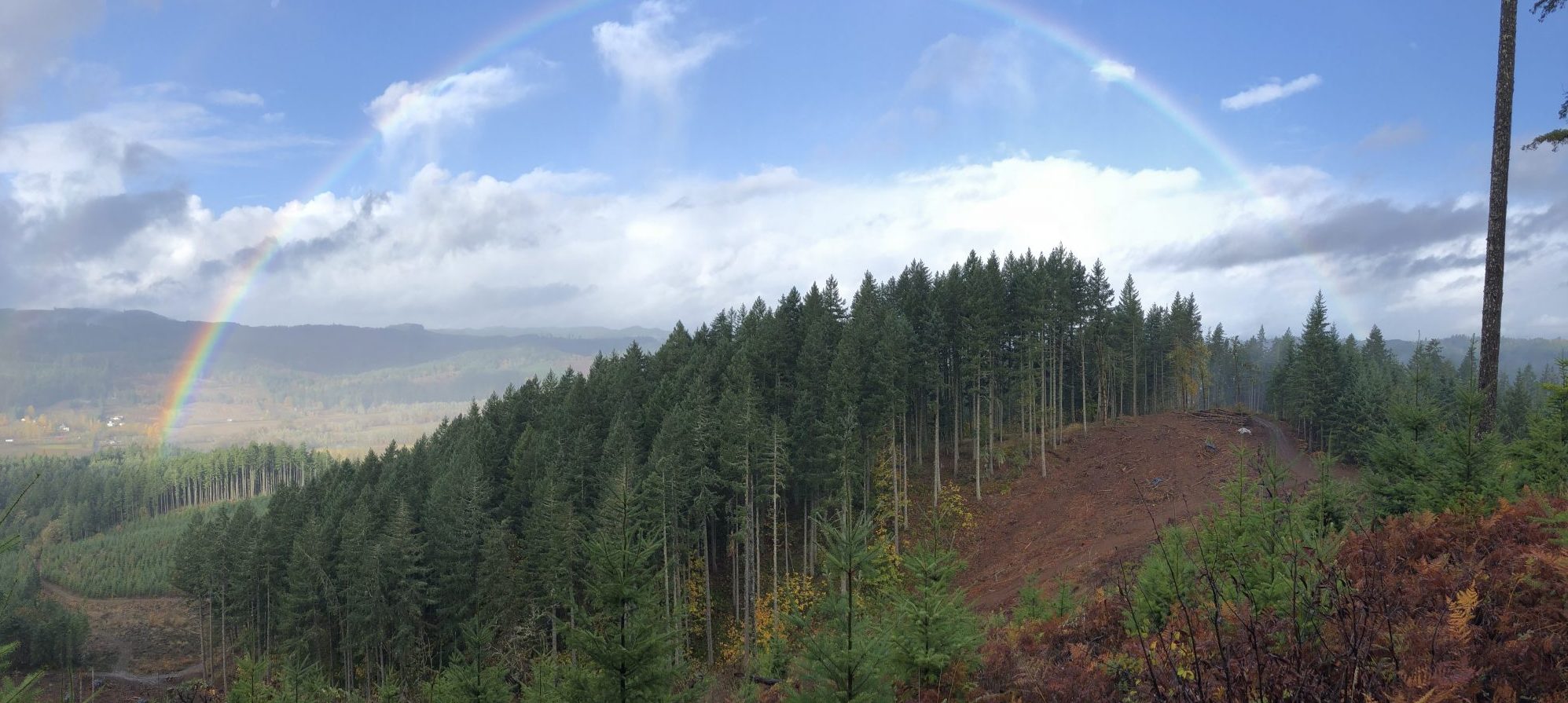Click here for a recap and to watch the videos!
Part 2 Recap: Managing Forests for Carbon Storage, History and Significance of Wildfire
Thank you to our presenters, Lauren Grand and Amanda Rau! If you haven’t had a chance to check out the broadcast, you can view the recording directly here:
Webcast Recording: Impacts of Climate Change on Forestry Part 2
Both Lauren and Amanda shared some additional resources we encourage you to check out:
More on Carbon Sequestration and Managing Forests as a way to store carbon:
Meet the Presenters:
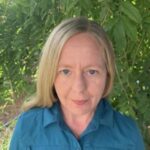 Amanda Rau
Amanda Rau
Topics: How the Oregon landscape has been shaped by fire, and how it impacts forest health and ecosystems. Why a changing climate is contributing to the risk of catastrophic wildfires and steps timber owners can take to reduce the risk.
Amanda serves as OSU Extension’s Fire Program Fire Specialist in the Willamette Valley and North Cascades. Amanda previously worked for The Nature Conservancy as the fire manager for Oregon and Washington. She has robust experience in fire-adapted ecosystem restoration and conservation; prescribed fire and fuels treatment planning and implementation; and training, outreach, communications, and engagement.
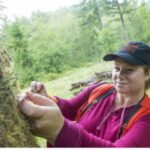 Lauren Grand
Lauren Grand
Topics: Managing forests as a way to sequester carbon, including what management objectives can be used to increase carbon storage on your property over time. She will also speak on managing forests with habitat, wildlife, and water goals in mind.
Lauren is a forestry and natural resources extension agent for OSU Extension. Her areas of expertise include small woodland management, community forestry, fire and forest ecology, and conservation management.
Part 1 Recap: Insects & Disease + How Climate Change May Shift Tree Distributions
Thank you to our presenters, Dave Shaw and Glenn Howe! If you haven’t had a chance to check out the broadcast, you can view the recording directly here (can scroll ahead to ~4:30):
Webcast Recording: Impacts of Climate Change on Forestry Part 1
Both Dave and Glenn shared some resources and tools for property owners and timber managers:
Resources for landowners trying to find out whether their tree is sick or what might be afflicting it:
- OSU Extension Service Master Woodland Managers
- OSU Extension Service “Ask an Expert”
- Oregon Dept. of Forestry Forest Health Group
- Oregon Dept. of Forestry Stewardship Foresters – a map to find a stewardship forester in your area
Resources for helping landowners choose appropriate seed sources:
- Species Potential Habitat Tool – a mapping tool to help forest managers match species with planting sites based on climate information.
- Seedlot Selection Tool – a mapping tool to help forest managers match seedlots with planting sites based on climate information.
Meet the Presenters:
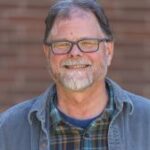 David Shaw
David Shaw
Topics: How climate change increases forests’ susceptibility to infestations and why pests and disease increase with hotter, drier conditions. What timber owners can do to mitigate an infestation.
David is a biologist and forest health specialist with Forestry and Natural Resources Extension and is a professor in Forest Engineering, Resources, and Management. His research interests include forest pathogens and insects, forest ecology, and forest health.
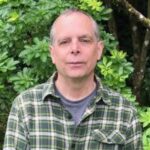 Glenn Howe
Glenn Howe
Topics: How a changing climate may impact the tree species composition in our forests and what are some considerations and resources for landowners when deciding which species to replant.
Glenn is an associate professor at Oregon State University and the director of the Pacific Northwest Tree Improvement Research Cooperative. His research focuses on the breeding, ecological genetics, and genomics of forests, including understanding of climate-associated patterns of genetic variation, physiological adaptations to climate, and assisted migration.
Check out our July Newsletter!
Supplementary Video: Climate Change & Forestry from a Timber Owner’s Perspective
If you haven’t already seen it, we invite you check out this bonus video featuring Lindsay Reaves and Tom Bauman from their property on Bauman Tree Farm. They share their perspective as timber owners on a 672-acre working tree farm by discussing how a changing climate is impacting management decisions, and the intersection of forestry and water resources. OSU Extension forestry agent Lauren Grand also provides context in the video from a scientific perspective. Thanks to Cliff Etzel | CE Visuals for producing this video!
In addition to her work on the tree farm, Lindsay volunteers with Forests Today & Forever to educate middle school students on forestry management, riparian needs, wildlife considerations, and recreational opportunities. She is also an LTWC board member.

